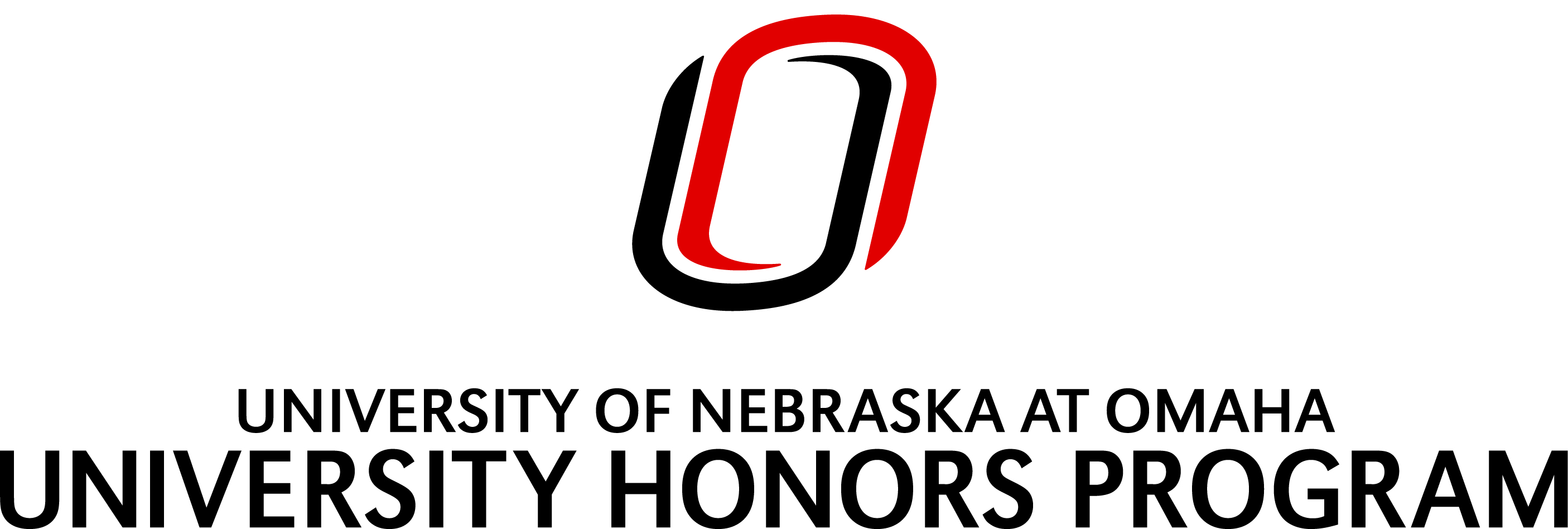Month/Year of Graduation
8-2019
Degree Name
Bachelor of Science (B.S.)
Department
Public Administration
Abstract
The Federal Aviation Administration wants to educate pilots about Runway safety to prevent runway incursions. The number of runway incursions increased nearly 83% from 954 in 2011 to 1,744 by the end of 2017 (OIG, 2018). This experimental research project trained 20 pilots using three different methods of teaching (classroom, online, in a flight simulator) to determine which method most effectively taught pilots about a specific topic in aviation. The different training methods change the way the educational content is delivered and this change in delivery could impact how well the pilots learn the material (Cox, 2010). The participants were given a pre-training exam on runway safety to determine their initial knowledge level. Each pilot was assigned one training method and one week after training took a post-test examination. The classroom lecture was created by instructor Taylor, the simulator training regimen was created by the researcher, AOPA’s Runway Safety course was created by AOPA sponsored by the FAA (FAA (2), 2018 & AOPA, 2018). It was hypothesized that the simulator training would produce the best results as it is the combination of a situated and dynamic learning environment. The data was inconclusive as to which method trained pilots the most effectively. However, the data from the research did reveal that for the twenty participants, the simulator training did produce the highest average scores in this research. Flight time did not appear to be a factor affecting if the pilots increased their scores.
Recommended Citation
Dicus, Powers and Tarry, Scott, "Runway Safety Training Methods for Runway Incursion Prevention" (2019). Theses/Capstones/Creative Projects. 43.
https://digitalcommons.unomaha.edu/university_honors_program/43

